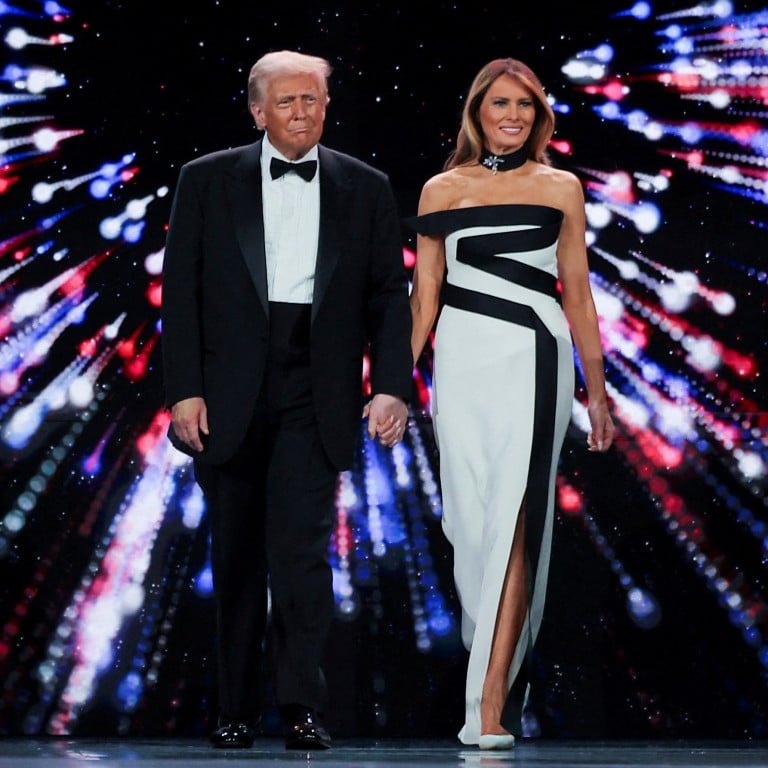Is the fashion world finally ready to embrace Melania Trump – as it has Kate Middleton, Meghan Markle and Michelle Obama?

Fashion media like Vogue, and key designers and brands, are less likely to ignore the first lady’s wardrobe upon President Donald Trump’s second term – but will she have the so-called ‘Kate Effect’?
The “Kate Effect” has transformed the finances of multiple British fashion brands, as have the Carla, Meghan and Michelle effects in their respective countries. This is a well-known retail phenomenon, whereby well-dressed women in the public eye – such as the Princess of Wales, Meghan Markle, Carla Bruni or Michelle Obama – cause the careers of individual designers to skyrocket, unleashing a stampede for any item of clothing they wear.
Melania Trump has many of the same attributes as these women: she’s beautiful, has a strong sense of personal style and is married to one of the most famous men in the world. But unlike them, brands aren’t frantically competing to send her freebies – in fact, many have been point-blank refusing to dress her.

The issue of course is Donald Trump: his right-wing rhetoric and embrace of populism stands in stark contrast to a New York-based fashion industry that, throughout his first term, proudly aligned itself with the identity politics of the period. As a result, Melania was ostracised by the sort of big-name brands that had been happily dressing first ladies for decades.

This meant Melania and Pierre largely bought her wardrobe, rather than borrowed it – and instead of turning to American designers, they used their shared European heritage to focus on luxury brands from Paris and Milan. In many ways this served them well: Melania was free to create a strong aesthetic for herself by dressing exclusively in beautifully cut, relatively severe designs, and was never hampered by the need to appear relatable in affordable mall fashion or even patriotic in anything home-grown.

As Trump’s second presidency begins, however, there is both pressure on Melania to wear more American-made clothes in a White House that seeks to promote domestic production above all else, and pressure on the fashion industry to finally accept one of the more visually striking first ladies of the modern era.